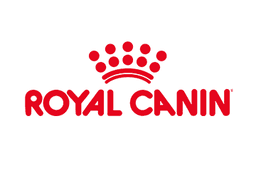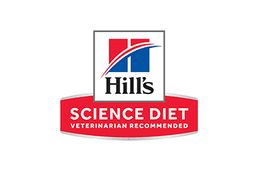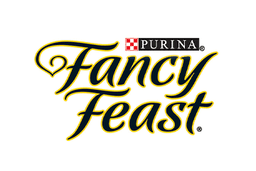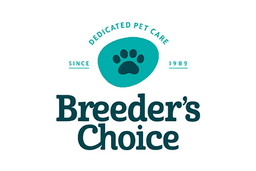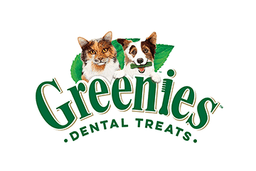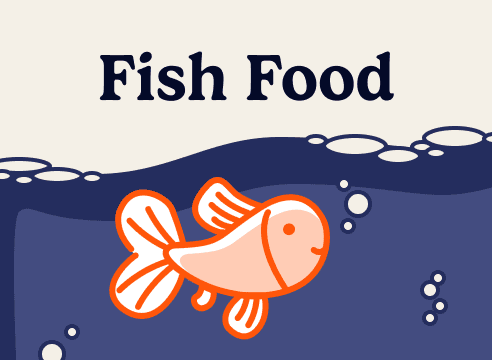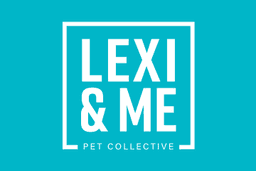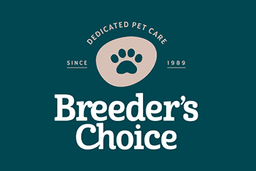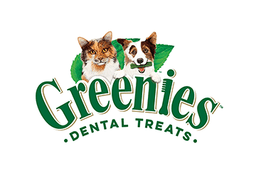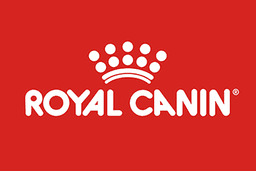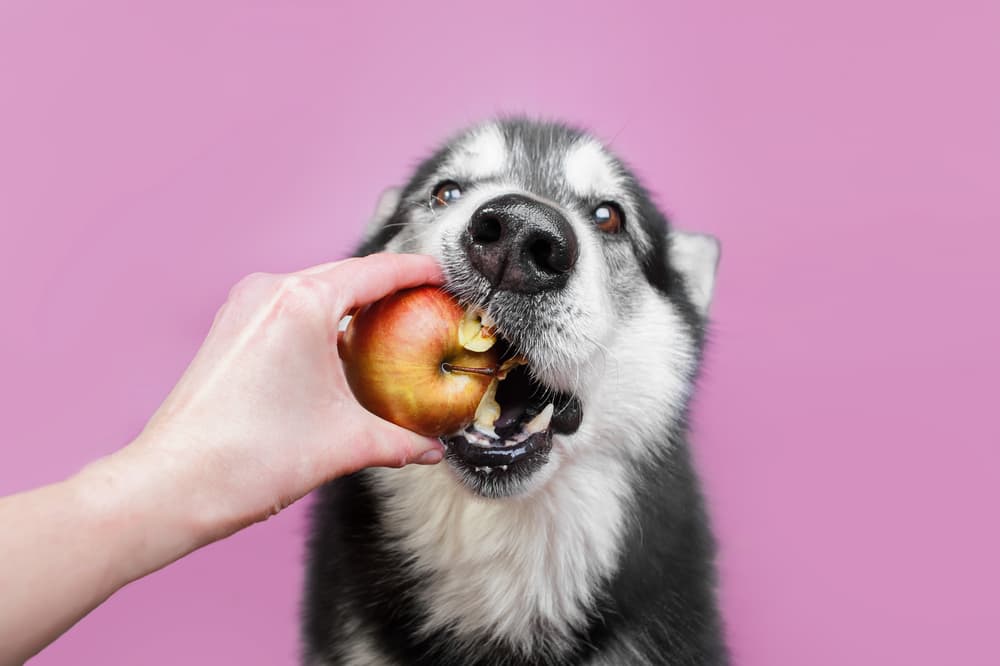Treat or toxin? The fruits your dog can (and can’t!) gobble up
Who gets your bruised apple, or your left-over smashed avocado? The bin – or your salivating dog?
Well, we know fruit does wonders for human health. But when it comes to our furry friends, you’ll need to trot with caution.
Some fruits are perfectly fine for dogs to ‘woof’ down, while others can be downright dangerous.
Why? There are certain chemical compounds found in fruit that are specifically toxic to dogs. And if consumed regularly (or just once), they can lead to long-term health problems – and can even be fatal.
But again, only some fruits are toxic. So to set the banana straight, here are the most common fruits your loyal hounds can and can’t eat.
So, what fruits can dogs eat?
Quite a few, actually! Eating a ‘safe’ fruit every now and then won’t hurt them. In fact, it can even do your four-legged friend a whole lot of good.
However, moderation is key. Too much of even a ‘safe’ fruit can cause intestinal irritation, diarrhoea or bloating.
As a general rule, any food not part of your dog’s usual dry food or wet food diet (i.e. a fruit treat) should only make up 10% of their daily calorie consumption.
Here are some ‘safe’ fruits to deal out occasionally:
Safe: Apples
Full of vitamins A and C, apples offer your dog’s overall health and immunity a big boost.
And with plenty of fibre, their bowel movements will be healthier than ever. (Note: Be sure to take a roll of doggy bags on your walks!)
Apples are also low in protein and fat – perfect for senior dogs watching their waistline.
But always remember to remove the seeds and core. These contain cyanide, which is fatal in high doses. (To animals and humans!)
Recommended portion size: 1 to 2 wedges
Safe: Bananas
Good. In. Moderation.
Why? Because although they’re low in calories, cholesterol and sodium – and high in potassium, vitamins, biotin, fibre and copper – bananas also have a high sugar content.
Just like humans, too much sugar in your dog’s diet leads to obesity, teeth problems and diabetes.
Recommended portion size: 1 to 2 small slices or half a banana, depending on your dog's size
Safe: Blueberries
Blueberries are a glorified superfood for humans. And luckily, dogs can get in on the act.
Rich in antioxidants, blueberries do wonders for canine cells. They safely remove toxins, protecting your pup from a myriad of long-term health issues.
These little health-savers are also great for teaching dogs to catch, without opting for a processed treat.
Recommended portion size: 2 to 3 berries
Safe: Watermelon
Made of 92% water, watermelon can keep your dog hydrated in the heat of summer.
And with its rich reserves of vitamins A, B-6, C, and potassium, watermelon can support their overall health, so they can enjoy their days frolicking at the dog beach.
But remember, only the seedless flesh is safe. So make sure to properly prepare it for your doggy highness before serving up.
Recommended portion size: 1 seedless slice
Other fruits they can eat:
- Cantaloupe (low-sugar option)
- Cranberries (in moderation)
- Mango (in moderation)
- Oranges
- Peaches
- Pears
- Pineapple
- Raspberries (less than a cup at a time)
- Strawberries (in moderation)
- Kiwis
- Blackberries
- Apricots
Why not hide some fruit in a Dog Treat Dispensing Toy?
View the rest of the collection here.
And what fruits can’t dogs eat?
With their human-like appetites, it’s hard to believe – but dogs’ stomachs aren’t built the same as ours.
So as tempting as it is to give in to those puppy-dog eyes looking longingly at your lychee, be wary of the following ‘unsafe’ fruits:
Unsafe: Grapes
Whatever you do, never feed your dog a grape.
Containing tartaric acid, they’ve been found to be extremely toxic to dogs of all breeds, sizes and ages – leading to acute kidney failure and death.
Also, be sure to keep away from dried grapes, aka sultanas and raisins. They contain the same toxin!
Unsafe: Cherries
Containing cyanide, cherries are highly toxic to dogs.
If your dog does get their paws on a cherry, look out for dilated pupils, difficulty breathing and red gums. These are the key signs of cyanide poisoning in dogs.
Unsafe: Avocado
The fruit (yes, it’s a fruit!) that makes it onto many breakfast plates is not good for doggies.
The pit, skin, and leaves of avocados contain persin, a toxin that causes vomiting and diarrhoea. Although the flesh is less harmful, it still won’t leave your fluff ball feeling very good.
So next time you simply can’t finish your mound of smashed avo, let the waiter take it away – before your dog does!
Unsafe: Unripe tomato
Red, ripe tomatoes are okay. Green, unripe tomatoes have a toxin called solanine.
Consumed by pooches, this toxin leads to severe gastrointestinal distress, lethargy, weakness, and even confusion.
But thankfully, they’ll need to eat a lot of green tomatoes to make them as sick as a… dog. But it’s best to steer clear (and be wary of your veggie patch!).
Unsafe: Fruit pips (and pits)
You know not to eat the pip. But your dog doesn’t. So make sure you keep the pip from the pup.
Why? Because pips contain toxins that lead to cyanide toxicity and intestinal obstructions. And in some cases, they can even be a choking hazard.
Unsafe: Fruit syrups
Found in tinned fruit, fruit syrups contain a high amount of sugar.
Once again, too much sugar is a no-no for a dogs’ long-term weight maintenance and tooth health. So simply avoid tinned fruit at all costs!
What do I do if my dog eats an ‘unsafe’ fruit?
Firstly, remove the fruit from their reach.
Then give your vet a call. Depending on the amount and type of fruit your dog consumed, there’ll be a different course of action.
That might involve taking your dog to the vet to induce vomiting, or simply keeping an eye on them for symptoms.
When it comes to feeding your dog fruits, knowing what’s safe makes all the difference. Some fruits are packed with benefits, while others can be a no-go. By choosing the right ones and serving them properly, you can treat your dog to something tasty and nutritious without any worry. Just keep portions small, remove any risky bits like seeds or pits, and introduce new fruits with care. And if your dog ever gets into something they shouldn’t, a quick call to the vet is always the best move. With a little knowledge, you can safely share the fruity fun with your furry friend!





